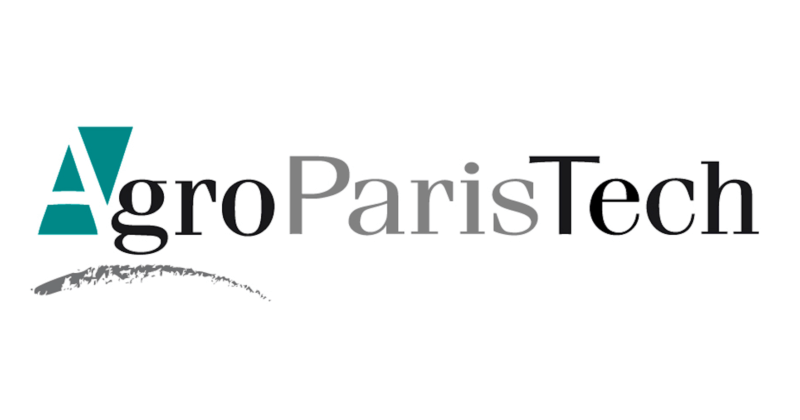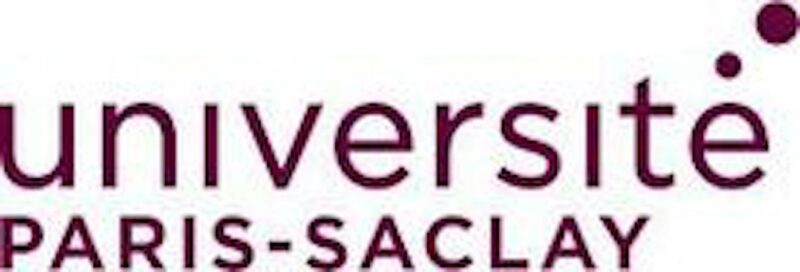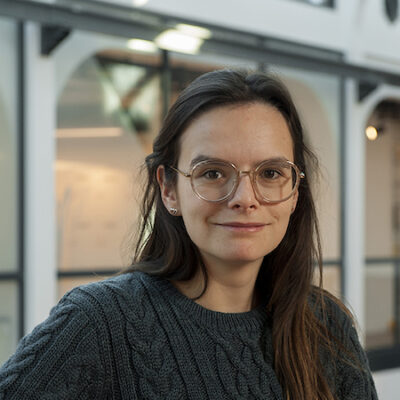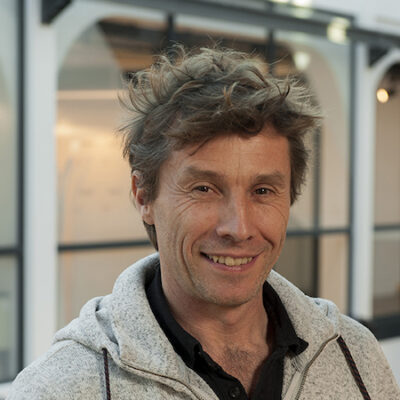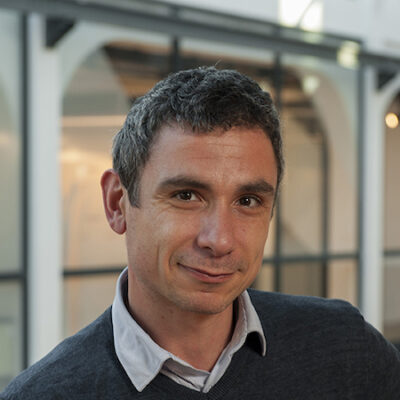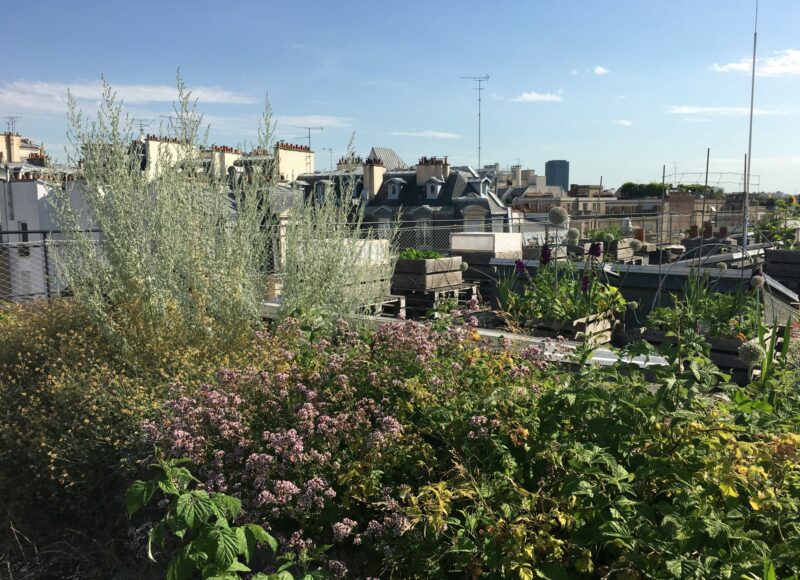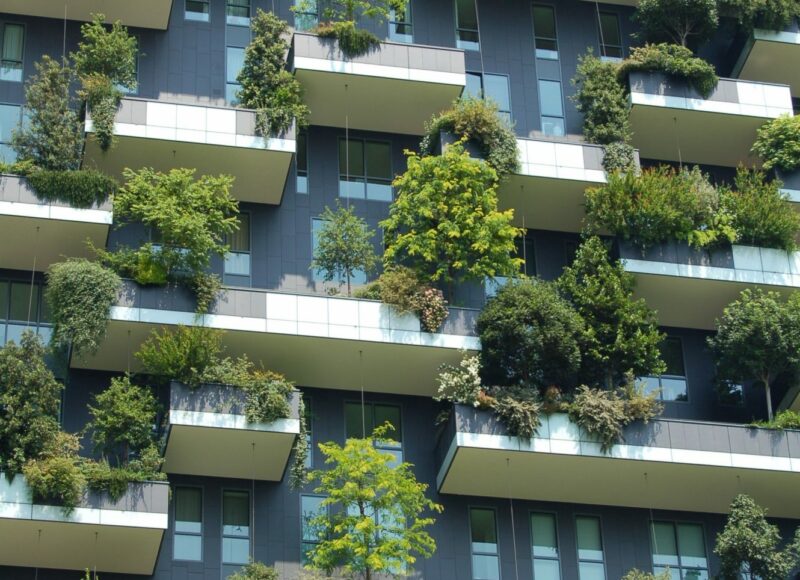Project
Contribution of urban revegetation to urban heat island mitigation
A thesis project to understand to what extent the revegetation of the urban environment helps regulate the urban microclimate and contributes to the improvement of air quality.
Researchers
PhD Student
AgroParisTech
Senior Lecturer
AgroParisTech
SIAFEE
SIAFEE
Senior Lecturer and Researcher
AgroParisTech
Practitioner group
The benefits and costs related to green infrastructure in cities need to be better understood through assessment tools that measure environmental impacts, for example, carbon emissions due to the transport of substrates,
Learn more
Reconciling nature and the city, a highly artificial environment, is an art that is practised from the scale of the building to that of the suburban territory, including that of the neighbourhood.
Learn more
- About
- Researchers
- Practitioner groups
- Research areas
